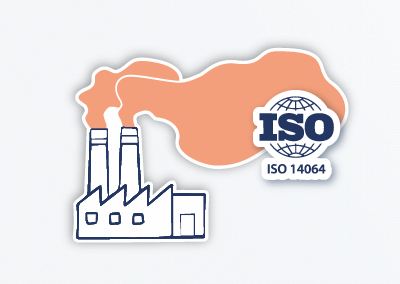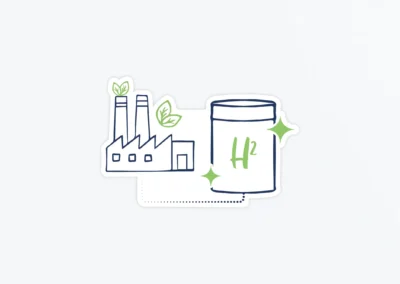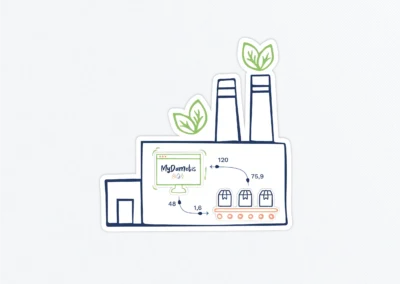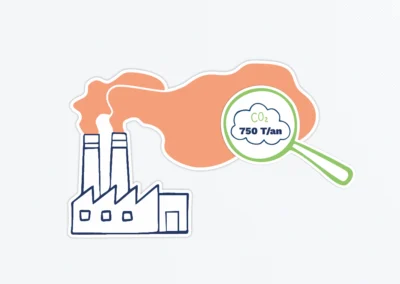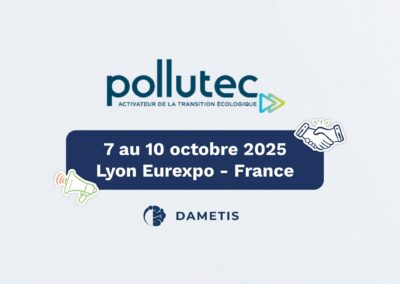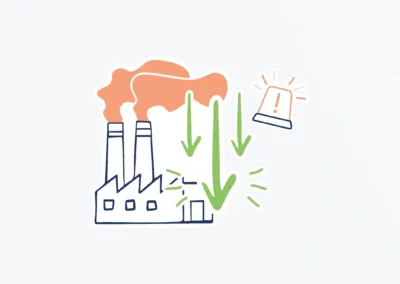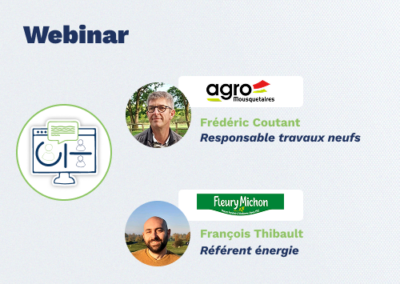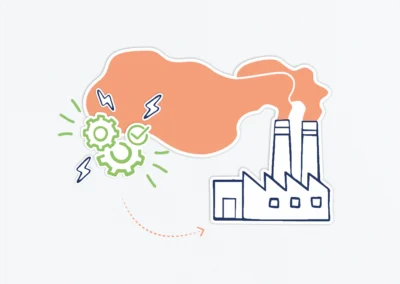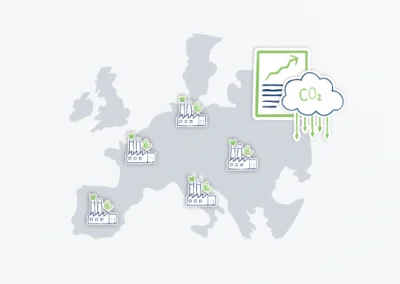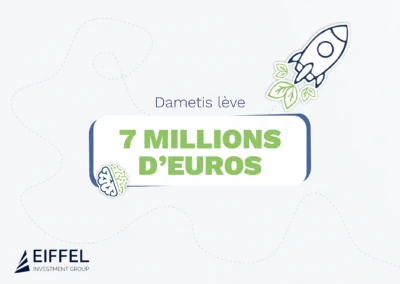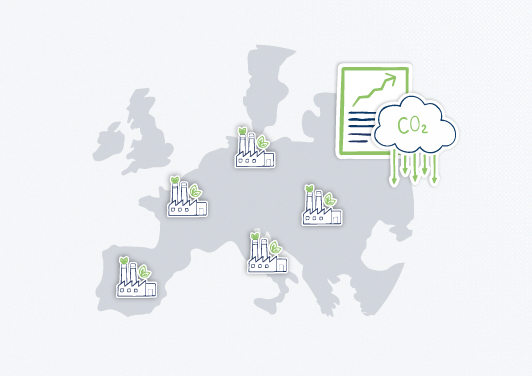
Clean Industrial Deal : l’Europe dévoile son business plan pour concilier décarbonation et compétitivité
It was highly anticipated. What is it about? The Clean Industrial Deal (or Pact for a Clean Industry, in French): the plan for competitiveness and decarbonization within the European Union.
Presented on February 26, this pact stems from a strong observation. A solid industrial base is essential for Europe and its competitiveness. However, European industries are currently facing a double challenge: high energy costs and increasing global competition. The European Commission has therefore acknowledged that they need support, and urgent support at that.
There were intense debates at the European level regarding whether to continue pursuing increasingly ambitious decarbonization goals. The European Commission has decided: Europe’s decarbonization must continue and even become a driver of growth for European industry. This is the main objective of the Clean Industrial Deal. A challenge.
An overview of the most emblematic measures.
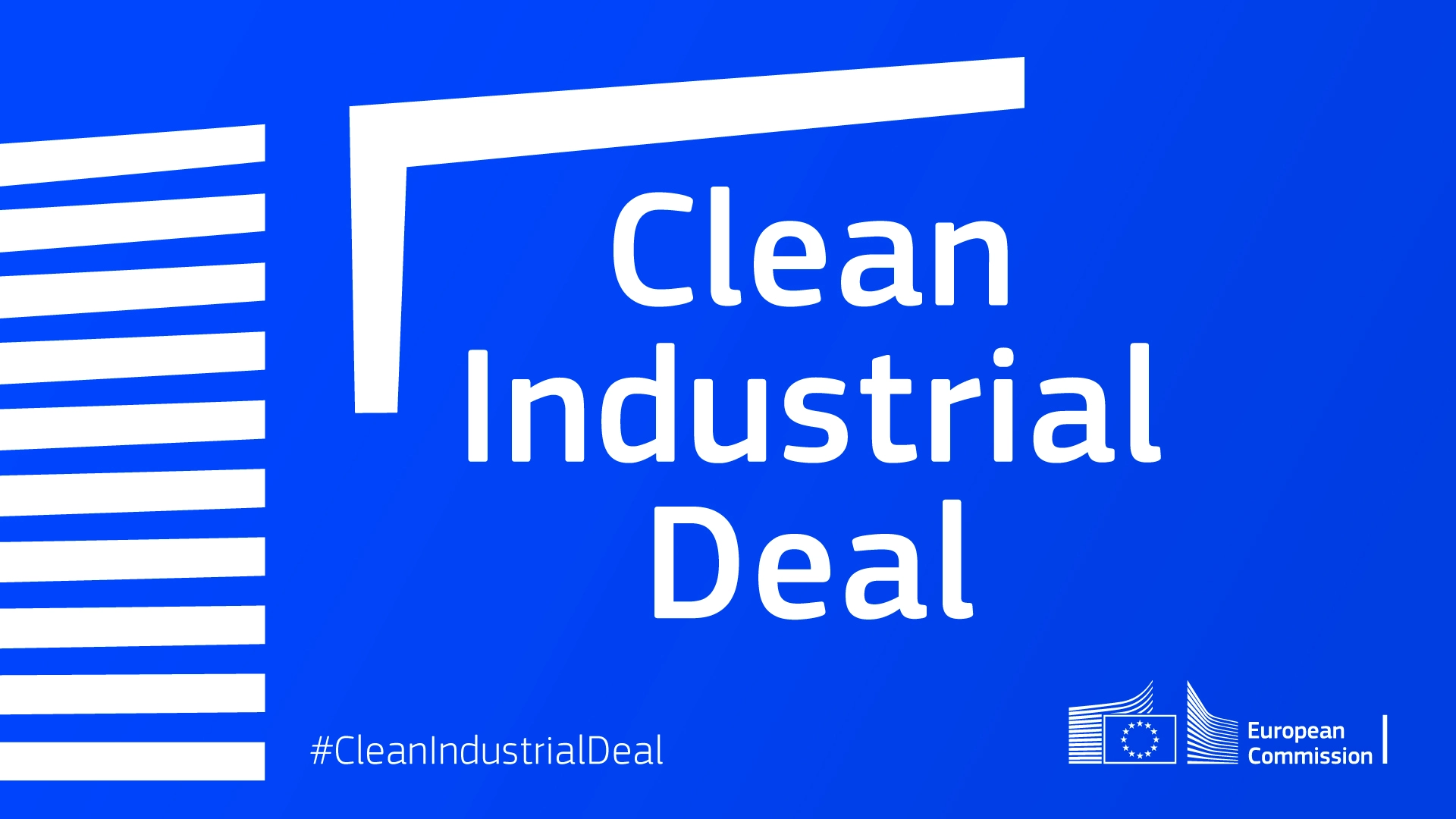
Two sectors at the heart of the issues
This pact proposes a set of measures to support the production of two sectors in particular:
- Energy-intensive industries. This includes sectors such as steel, metals, and chemicals, which must be urgently supported. The European Commission believes they are currently subjected to what is considered “unfair” competition.
- The clean technology sector: This is essential to support the decarbonization effort.
The Clean Industrial Deal is also focused on the concept of circularity, particularly to optimize the limited resources within the European Union for certain raw materials, thereby reducing its dependency.
The most concrete measure: the creation of a Decarbonization Bank with 100 billion euros
This is the most concrete measure of the Clean Industrial Deal. Europe will mobilize 100 billion euros to finance what it calls the green transition, meaning supporting “clean” manufacturing within the European Union.
In detail, three major measures will be adopted:
- Strengthen the Innovation Fund and create a Decarbonization Bank for industry with a financing goal of 100 billion euros coming from the Innovation Fund, revenues from CO2 quota sales, and the InvestEU program (with support increased to 50 billion euros).
- Simplify state aid to accelerate the approval of aid measures for renewable energy, decarbonization technologies, etc. This measure is expected to be adopted by June 2025.
- Stimulate research and innovation with the launch of a specific call for projects through the European Horizon Europe program.
400 to 500 billion euros in total
The European Commission estimates that this public funding (100 billion euros) should help raise three to four times more in private funds.
The most anticipated measure: The future action plan for affordable energy
Alongside the Clean Industrial Deal, the European Commission presented its future Affordable Energy Action Plan. As the name suggests, its goal is clear and ambitious: to reduce the energy bill for industries, businesses, and households.
Once again, this plan is based on a finding that covers three dimensions. First, the Commission estimates that energy poverty affects more than 46 million Europeans, while electricity prices for industries were still twice as high in 2023 as the average observed between 2014 and 2020. Moreover, the price gap between energy in Europe and its main competitors is widening, with a high risk of relocations.
694 billion euros
The European Union’s energy import bill in 2022.
Source: European Commission
Second, the European Commission believes the integration of European electricity systems is both incomplete and inefficient, particularly due to lengthy authorization procedures.
Third, network fees, taxes, and levies have driven electricity prices up. This situation is likely to worsen given the high investment needed in the coming years. For example, the European Court of Auditors estimated, in early April 2025, that over 1.8 trillion euros would need to be invested in the electrical networks of the 27 member states by 2050.
As a result, the future Affordable Energy Action Plan will rely on several key levers to be activated.
1. Complete the internal energy market notably by creating new interconnections between countries. The European Commission estimates that the current integration of European energy markets brings benefits to European consumers in the order of 34 billion euros per year. Further integration could increase these benefits to 40 or 43 billion euros a year by 2030. To achieve this, in addition to better optimization of network investments, the European Commission suggests that member states could subsidize network charges from their public budgets and reduce energy-related taxes. While this is a directly effective proposal, it could, for some countries, come up against the realities of balancing budgets.
European public guarantees to stimulate the market
The European Commission is planning to launch two guarantee programs with the European Investment Bank:
– one to promote power purchase agreements (PPAs), i.e. long-term contracts for the direct purchase of electricity production, with a budget of 500 million euros
– the other, worth 1.5 billion euros, to promote the manufacture of equipment required for power grids.
2. Accelerate the deployment of clean energies and promote the electrification of uses. The European Commission wants member states to speed up authorization and regulatory procedures considerably. A legislative proposal to this effect is expected in the 1st half of 2025. On the other hand, the long-awaited electrification action plan has been postponed until the 1st quarter of 2026. The European Commission estimates that a 40% acceleration in electrification (in the heat, transport and hydrogen sectors) would generate savings of 32 billion euros by 2030.
3. Using energy more efficiently and reducing dependence on imported fossil fuels. In this respect, the European Commission is considering improving access to finance and providing financial incentives to further support energy efficiency solutions for businesses.
The European Commission estimates potential savings of around €45 billion in 2025 (mainly due to lower fossil fuel imports), rising to €130 billion a year by 2030 and €260 billion a year by 2040.
The most consensual measure: supporting demand for clean products
For the sake of completeness, the European Commission will be working not only on the production of clean technologies and production, but also on supporting demand.
The idea here is to propose a future legislative act to introduce sustainability, resilience and even European preference criteria into public and even private tenders.
One of the most difficult measures to implement: reducing Europe’s dependence on critical raw materials
In an attempt to reduce its dependence, Europe wishes to focus on three major levers:
- Set up a mechanism enabling European companies to group together to aggregate their demand for critical raw materials.
- Create a European center dedicated to critical raw materials to carry out joint purchases on behalf of interested companies, in order to increase negotiating power and obtain better financial terms.
- Develop the circular economy to capitalize on the reuse of raw materials. The European Commission plans to adopt a law on the circular economy in 2026.
24%
Circular use of materials targeted in 2030 (up from 11.8% in 2023).
Source: European Commission, European Environment Agency
The European Clean Industrial Deal was eagerly awaited by many stakeholders. And for some of them, it has been a partial disappointment, not least because of the limited number of concrete measures with an immediate impact.
The Clean Industrial Deal is in effect a kind of business plan for the European Union, to be implemented over a two-year period through the publication of several dozen proposals for European directives and regulations. One thing is certain, however: the question of European competitiveness, in relation to energy prices and decarbonization objectives, is indeed at the heart of the European agenda.









